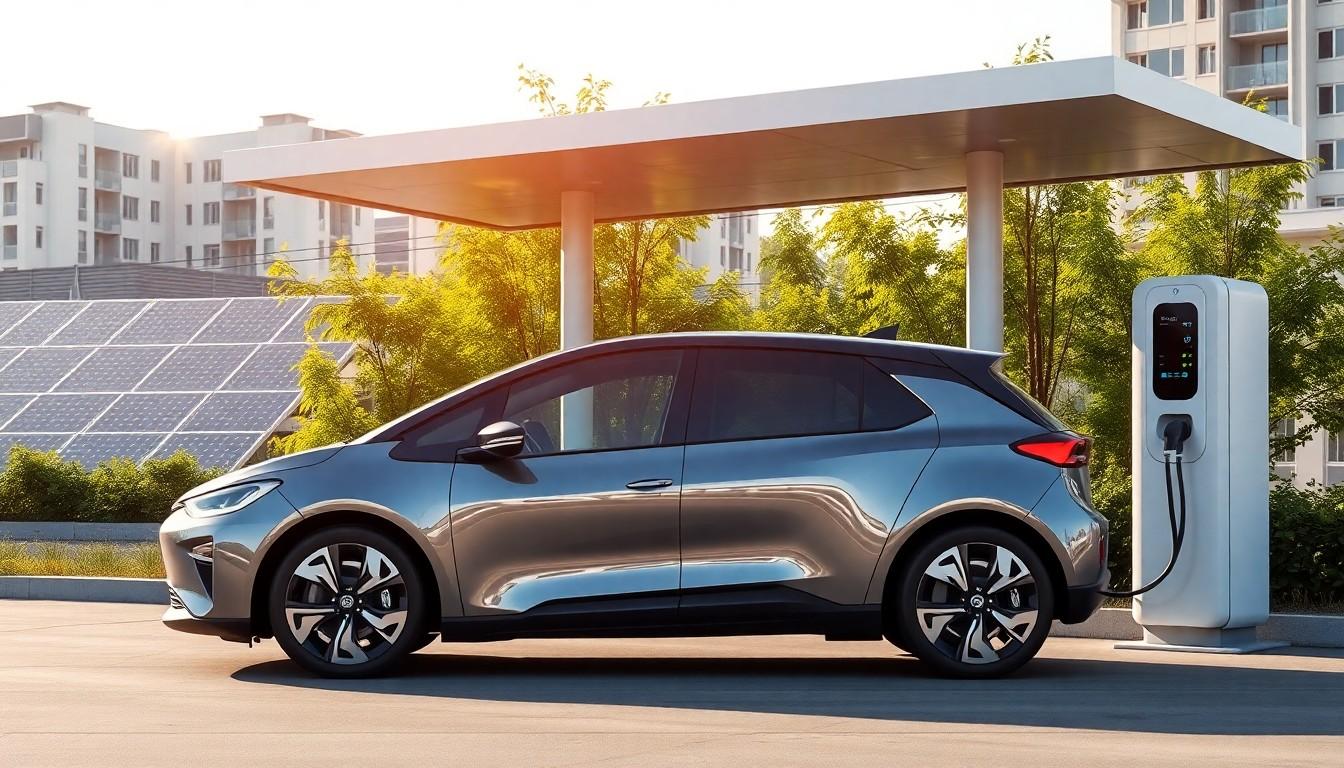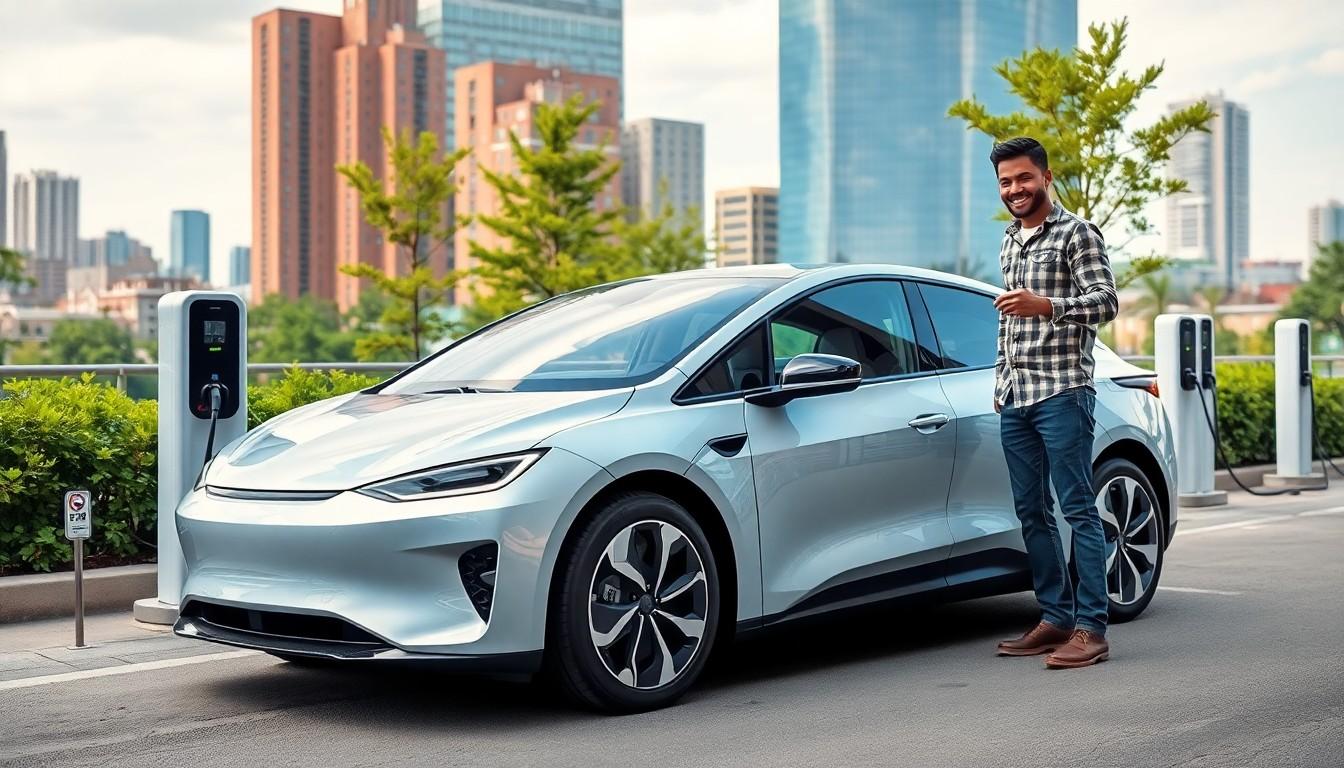In a world where cars are more than just metal boxes on wheels, premier auto trends are shaping the future of driving. From sleek designs that turn heads to cutting-edge technology that makes even your smartphone feel outdated, the automotive industry is revving up for some exciting changes. Buckle up because this ride is about to get thrilling!
Premier Auto Trends
Innovative designs are shaping the automotive landscape, focusing on sleek aesthetics and functional forms. Advanced technology influences vehicle performance, connectivity, and user interaction. Electric vehicles (EVs) drive a significant shift towards sustainability, with automakers investing heavily in battery innovations and charging infrastructure.
Autonomous driving features enhance safety and convenience, attracting major research funding. Major manufacturers are racing to develop autonomous systems that adhere to regulations while ensuring reliability. Also gaining traction, connectivity through the Internet of Things allows vehicles to communicate seamlessly with smart devices, providing real-time data for users.
Sustainability practices are becoming essential in production processes, leading to a lower environmental impact. Hybrids and fully electric models respond to growing consumer demand for greener alternatives. Also noteworthy, the integration of artificial intelligence in automotive design fosters personalized driving experiences, tailoring responses to individual preferences.
Cybersecurity has emerged as a priority amid increasing digital threats. Manufacturers enhance their software defenses to safeguard user data and vehicle functionality. Regulatory compliance with vehicle emissions standards remains critical, pushing brands to innovate strategically while meeting government guidelines.
Luxury features are evolving, incorporating high-quality materials and cutting-edge technology to enrich the driving experience. Infotainment systems now rival home entertainment setups, providing drivers and passengers with extensive options for connectivity and entertainment.
These premier auto trends form a dynamic intersection of technology, design, and sustainability in the automotive industry, shaping an exciting future for drivers and manufacturers alike.
Emerging Technologies in the Automotive Industry

Emerging technologies are reshaping the automotive landscape, pushing boundaries in performance, safety, and sustainability.
Electric Vehicles and Their Impact
Electric vehicles (EVs) contribute significantly to reducing carbon emissions. Automakers allocate substantial resources to battery technology, which enhances efficiency and longevity. Increased charging stations improve accessibility for consumers, encouraging widespread adoption. In turn, rising consumer demand for greener options drives competition among manufacturers. Countries across the globe implement regulations to promote EV sales, further accelerating this shift. The growth of the used EV market also provides affordable options, making electric driving attainable for more people. Numerous studies predict that by 2030, EVs could account for over 30% of new car sales, fundamentally changing the auto industry.
Autonomous Driving Innovations
Autonomous driving innovations focus on enhancing vehicle safety and convenience. Major manufacturers invest billions in developing reliable systems equipped with advanced sensors and AI technology. Companies aim for full autonomy through continuous data collection and machine learning. Impressive advances in real-time processing power enable vehicles to react swiftly in dynamic environments. Regulatory bodies play a crucial role in shaping the future of autonomous vehicles, setting safety standards that technologies must meet. As the public becomes more familiar with self-driving features, trust in these systems expands. Developers anticipate that by the mid-2020s, semi-autonomous vehicles could become mainstream, transforming how society views transportation.
Design Trends Shaping the Future
Automotive design evolves constantly, with sustainability and innovative materials at the forefront.
Sustainability in Auto Design
Sustainable practices transform automotive design. Automakers focus on creating vehicles that generate minimal environmental impact. Incorporating recyclable materials and sustainable production methods reduces waste significantly. The rise of electric vehicles plays a crucial role in achieving eco-friendly targets, as they produce no tailpipe emissions. By 2030, over 30% of new car sales could be EVs, reflecting consumer demand for greener alternatives. Manufacturers prioritize energy efficiency in design, ensuring vehicles consume less power while delivering high performance.
Advances in Material Usage
Material innovation significantly influences automotive design trends. Advanced composites and lightweight metals enhance fuel efficiency while maintaining structural integrity. Thinner designs emerge without compromising safety standards. Carbon fiber continues to gain traction for its strength and lightness, making vehicles faster and more agile. Biodegradable materials contribute to sustainability efforts, reducing waste throughout the vehicle’s life cycle. Many manufacturers explore the use of recycled plastics, thus decreasing reliance on virgin resources. These advancements showcase a commitment to blending performance and environmental responsibility in the automotive industry.
Consumer Preferences and Their Influence
Automotive consumer preferences are transforming the industry landscape. Awareness of environmental issues is driving individuals towards electric and hybrid vehicles.
The Shift Towards Electric and Hybrid
Shifts in consumer attitudes favor sustainable transportation. Research suggests that by 2030, electric vehicles could represent over 30% of new car sales. Automakers listen to consumers and increasingly invest in battery technology and charging infrastructure. Enhanced range and charging speed have become key priorities due to rising demand. Consumers appreciate reduced carbon footprints, promoting competition among manufacturers. New models often feature improved efficiency and lower operating costs, appealing to both eco-conscious buyers and budget-savvy consumers.
Demand for Connectivity Features
Drivers expect seamless technology integration within vehicles. The Internet of Things facilitates smart device communication, optimizing driving experiences. Consumers prioritize advanced infotainment systems, placing convenience at the forefront of preferences. Features such as real-time traffic updates and voice-activated commands enhance user engagement. Protections for data security likewise matter significantly. Trust is crucial, as advanced safety technologies play an essential role in consumer decision-making. Connectivity not only supports entertainment but also improves overall vehicle performance, establishing it as a critical factor in automotive purchases.
convenience and safety
The automotive industry is on the brink of a remarkable transformation. With a strong emphasis on sustainability and technological advancements, the future of driving looks more connected and eco-friendly than ever. As electric vehicles gain traction and autonomous features become commonplace, consumers will experience unprecedented levels of convenience and safety.
Innovative designs and eco-conscious materials are reshaping how vehicles are built and perceived. The integration of cutting-edge technology not only enhances performance but also aligns with the growing demand for greener alternatives. As these trends continue to evolve, the automotive landscape will reflect a harmonious blend of luxury, efficiency, and responsibility, paving the way for a thrilling driving experience in the years to come.

